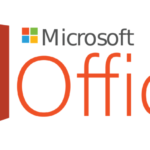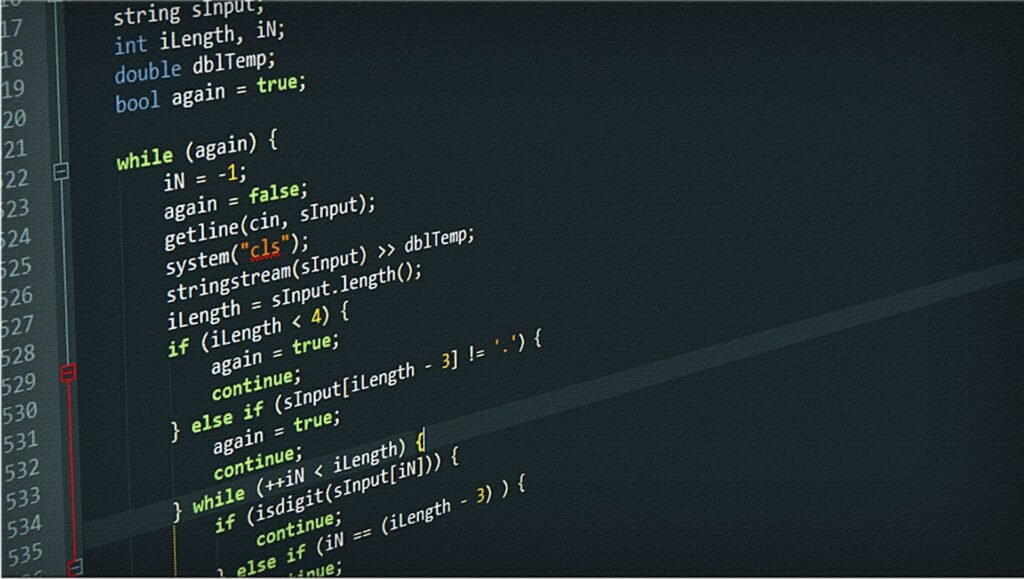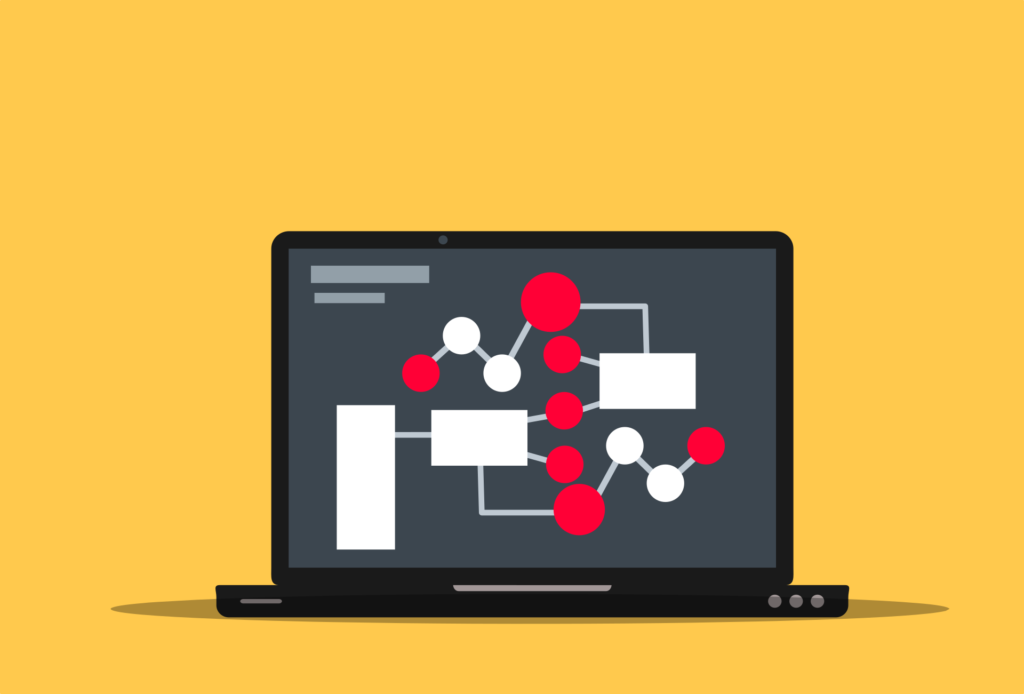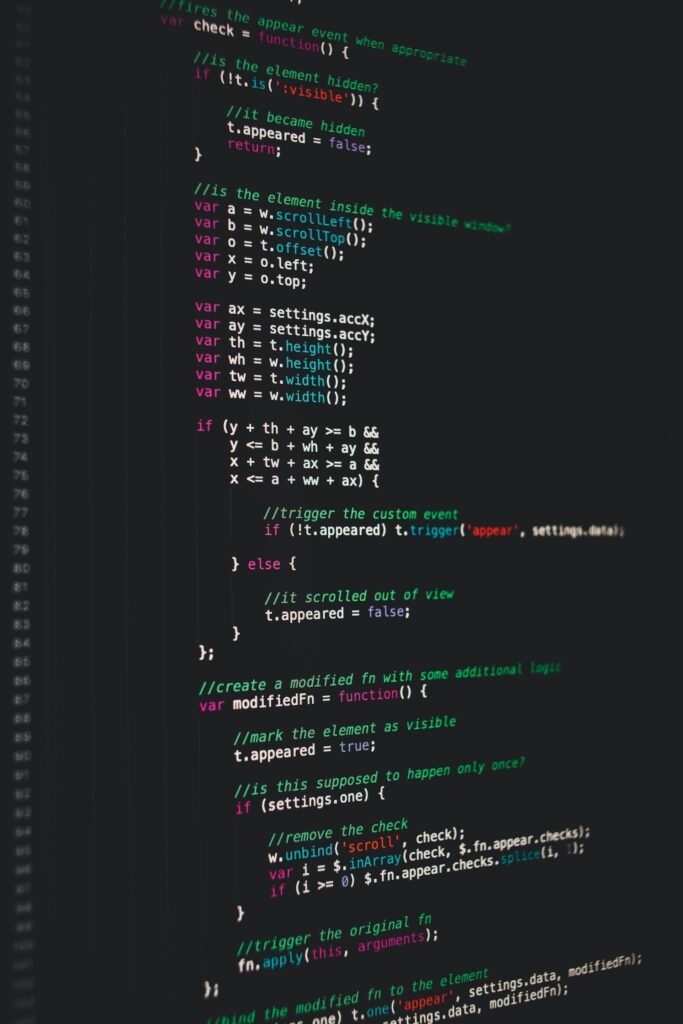Node js
You can run javascript code outside of a web browser using the open-source server-side runtime environment Node.js. It is based on the V8 javascript engine created by Google and offers an event-driven, non-blocking I/O architecture that makes it suitable for creating scalable and high-performance applications.
Advantage and disadvantage of nodejs
Advantages.
- Quick Processing – Node.js is based on the V8 javascript engine, which converts javascript into machine code prior to execution. Because of its quick performance, Node.js is appropriate for real-time systems and high-traffic apps.
- Concurrent Programming – Node.js has an event-driven, non-blocking I/O style that enables it to manage several simultaneous connections without becoming slowed down by blocking activities. Because of this, it is very useful for developing scalable applications.
- Common Language – By allowing developers to utilize the same language and set of skills throughout the whole stack, using javascript on both the client and server sides helps increase developer productivity.
- Vast Ecosystem – Node.js has a sizable and vibrant ecosystem of packages and libraries that are accessible through NPM. This ecosystem may greatly speed up creation and offer solutions for a variety of functionality.
- Community support and assistance – Node.js has a significant and active developer community that shares expertise, contributes to its development, and offers resources, tutorials, and assistance.
- Real-time Services – Node.js’ event-driven architecture makes it particularly effective at creating real-time applications, such as chat programs, online games, and collaboration tools.
- Scaling – Node.js is suited for developing scalable applications with high concurrency because of its non-blocking nature, which can manage an enormous amount of concurrent connections effectively.
Disadvantages.
- Singular-threaded – Node.js uses a single thread even though its event-driven architecture enables it to manage several concurrent tasks. In some circumstances, the event loop might become blocked by CPU-bound processes, which can affect performance.
- Callback Hell – In Node.js, layered callbacks can become difficult to comprehend and manage in callback hell if asynchronous code is not carefully structured. Using strategies like promises or async/await, this may be reduced.
- Immaturity for Some Use Cases – Node.js is great for I/O-intensive applications, but because it is single-threaded, it may not be the greatest option for CPU-intensive jobs.
- Limited Multi-core Use – Due to its single-threaded architecture, Node.js may not be able to fully use multi-core cpus for CPU-intensive workloads.
- Durability and Compliance – Because of the Node.js ecosystem’s rapid development, it’s critical to handle dependencies and keep on top of upgrades to avoid compatibility problems and API changes.
- Memory Usage – Because of its event-driven architecture, Node.js applications occasionally use more memory than apps built with other server-side technologies.
- Less Established Tooling – Despite having a robust ecosystem, Node.js’s tools and libraries may not be as mature or reliable as those offered by established server-side technologies.
Characteristics of nodejs
Node.js differs from previous server-side technologies in a number of important ways. These qualities add to its appeal and make it a distinctive option for developing specific kinds of applications.
These are a few of the most salient features of Node.js.
- Asynchronously and Non-Blocking – Node.js is designed with an event-driven, asynchronous architecture. It can manage several connections and tasks at once without preventing the execution of other code, according to this. Node.js can handle several simultaneous connections because of its efficiency and responsiveness in asynchronous I/O operations.
- Single-threaded Activity Cycle – The single-threaded event loop used by Node.js controls all events and I/O activities. Despite what would appear to be a limitation, Node.js is nevertheless capable of managing a large number of simultaneous operations by assigning I/O tasks to base system threads and swiftly switching between them.
- Javascript Throughout – By enabling developers to utilize javascript across the client and server sides of applications, Node.js encourages code reuse and makes the most of their already-existing expertise.
- Rapid Execution – Node.js is based on the V8 javascript engine, which is renowned for its ability to execute javascript code quickly and effectively. Node.js apps benefit from great performance and responsiveness as a result.
- NPM and Modular – The Node Package Manager (NPM), a single repository for free software libraries and packages, is a key component of modularity. NPM makes it simple for developers to share, locate, and handle project dependencies, which promotes the quick creation of apps.
- Server-based apis – Node.js has a number of predefined modules and apis for dealing with a variety of server-side operations, including networking, streams, file I/O, and more.
- Real-time Applications – Node.js’ event-driven architecture makes it particularly effective at creating real-time applications. It is frequently used to create chat programs, online games, team-building tools, and other programs that call for immediate data changes.
- Streaming media – Node.js supports data that streams, making it possible to analyze big files or lots of data quickly. The processing and streaming of media benefit most from this.
- Multi-platform – Node.js is adaptable for delivering apps on many platforms since it is multi-platform and can be utilized on different operating systems.
- Communities and Ecosystem – Node.js has a sizable and vibrant developer community, which has led to the development of an extensive set of frameworks, libraries, and technologies that can be used to create a variety of applications.
- Microservices Architecture – Node.js is ideally suited for creating microservices and modules architectures, in which various components of an application may be created individually and connected via apis. These architectures allow for the autonomous development of the individual components.
- Longevity – Node.js is suited for creating scalable applications because of its non-blocking, event-driven approach, which can effectively manage a high number of concurrent connections.
Why nodejs
Consider using Node.js for the application for the following reasons.
- Asynchronous design – Node.js’s asynchronous, non-blocking design makes it ideal for real-time applications, chat platforms, and online gaming systems that must manage several concurrent connections.
- Excellent Scalability – Node.js is a fantastic option for designing applications that are scalable that need to manage several concurrent users or connections because of its event-driven approach and effective handling of I/O activities.
- Performance and Speed – Node.js is based on the V8 Js engine, which is renowned for its quick execution. Because of this, Node.js is a good choice for programs that need to be fast and responsive.
- Unified Language – Using Node.js for the backend can result in more consistent code, shorter learning curves, and enhanced teamwork if your team is already comfortable with Js for front-end development.
- Node.js has a sizable ecosystem – of open-source packages that are accessible via NPM. This enables you to speed up development by utilizing already-existing libraries and modules.
- Real-time Applications – Node.js’s event-driven architecture makes it particularly effective at creating real-time applications, such as chat programs, teamwork tools, and live dashboards.
- Microservices, or apis – Node.js is well suited for creating API-centric architectures because of its lightweight nature and capacity to manage concurrent queries.
- Rapid Prototyping – Due to its quick development cycle and simple setup, Node.js is a good choice for creating mvps (Minimum Viable Products).
- Increased Developer Productivity – The asynchronous programming style of Node.js helps provide more understandable and succinct code by simplifying the management of many threads or processes.
- Cross-platform development – Because Node.js is cross-platform and works on a variety of operating systems, you can create apps that can be deployed on numerous platforms.
Nodejs download
You may download Node.js straight from the company’s website.
Follow the instructions below exactly.
- Go to the company’s official website – To visit the Node.js website, go to https://nodejs.org.
- Choose a Version – You may download the “LTS” (Long-Term Support) and ” Present ” versions from the website’s main page. The LTS version is recommended for the majority of users because it provides dependability and long-term support. Select the “LTS” option to obtain the most recent LTS version.
- Select Your Computer’s Operating System – After clicking the “LTS” button, a new page will appear where you may choose your operating system. Node.js is compatible with Windows, macos, and Linux operating systems. Click on the download link for your operating system to choose it.
- Download Installer – As soon as you select your operating system, the download will start. The installation package will download onto your PC.
- Start the installation – Locate the downloaded installation package and run it. The installation steps may be used to install Node.js on your computer.
- Verify Correct Installation – After the installation is complete, you can verify that Node.js and npm (Node Package Manager) are installed successfully by entering the following commands at a terminal or command prompt.
Node -v
Npm -v
Nodejs install
The general steps to installing Node.js on your PC are as follows. Whichever is your operating system, the precise instructions could differ somewhat.
- Check out the Official Website – Navigate to https://nodejs.org to access the Node.js website.
- Select a Version – On the homepage of the website, you may download “LTS” (Long-Term Support) and ” Present ” versions. Most users are advised to use the LTS version since it offers reliability and long-term support.
- Choose Your Operating System – Select your operating system and click on the relevant download link. Linux, macos, and Windows are supported by Node.js.
- Download Installer – Installer packages are available for download for your operating system. It’s often a tarball archive (.tar.gz) for Linux, a macos package (.pkg), or an executable installer (.msi or.exe) for Windows.
Activate the installer.
- Windows – Double-click the.msi or.exe file you downloaded and follow the installation instructions.
- Macos – Double-click the downloaded.pkg file on a Mac, then follow the installation instructions.
- Linux – To extract the tarball using Linux, use a terminal, go to the directory where it was downloaded, and type tar -xzf node-vxx.xx.x-linux-x64.tar.gz.
Put the version number you downloaded in place of “vxx.xx.x”. Once the directory has been extracted, you may relocate it to a convenient spot and add the bin directory to your system’s PATH.
- Check for Proper Installation – After the installation is finished, you can check to see if Node.js and npm (Node Package Manager) are installed correctly by using a terminal or command prompt and typing the following instructions.
Node -v
Npm -v
Node tutorial
Create a straightforward “Welcome to mit academys” application using Node.js and learn the fundamentals of the language.
First Step – Installation
- Go to https://nodejs.org/ to access the Node.js website.
- For your operating system (Windows, macos, or Linux), download the LTS version.
- Comply with the installation guidelines offered for your OS.
Step Second – Develop an application for “Welcome to mit academys”
- Launch your preferred text editor or code editor.
- Make a test.js file in a new folder.
- Enter the following code in test.js.
- Console.log(“Welcome to mit academys “);
Step Three – Run the application in
- Open the command prompt or terminal.
- Open the directory where app.js was stored.
- Use the node command to launch the program.
Node test.js
You should see the output.
Welcome to mit academys
Step Four – Understanding the Code
- Let’s quickly describe the code you created.
- The built-in Node.js method console.log() displays the supplied text to the console.
Nodejs latest version
Node.js’ most recent release was 18.17.1. Due to the frequent release of new versions, it is advised to consult the official Node.js website https://nodejs.org/en or the repository on services like github for the most recent details on the most recent version.
Npm install windows
These are the measures that you must take.
- Install Node.js – Node.js must be installed on your machine running Windows before you can use npm. On the official Node.js website, at https://nodejs.org, you may download the Node.js installation for Windows.
- Launch powershell or Command Prompt – After installation Node.js, you may communicate with npm using either powershell or Command Prompt.
- Go to the directory where your project is located – by opening Command Prompt or powershell and then navigating there. The cd command can be used to switch directories.
An illustration.
Cd path\to\your\project\directory
- Run npm install – Run npm install to install the dependencies specified in your project’s package.json file once you are in the directory where your project is located. You can pass the package name as a parameter if you wish to install a specific package.
Install the “example-package” package, for instance.
Install example-package using npm
- Watch for the Installation to Complete – npm will download and install the requested package(s) and all of their dependencies. As the installation advances, progress bars will appear in powershell or the command line.
- Dependencies and Package.json – If you are working on a project, the installed packages will be mentioned in the package.json file of your project under the connections or devdependencies section, regardless of whether they are operational or development dependencies.
Nodejs compiler online
A few online code editors and sandboxes offer Node.js runtime environments if you’re seeking for a platform to run Node.js code online without installing it locally.
Here are a few possibilities.
- Replit – Replit is a web-based development environment that supports a number of programming languages, including Node.js. Without the need to install anything, Node.js code may be written and executed straight in your browser. To get started, go to the Replit website (https://replit.com/) and register.
- Glitch – Another online platform that enables the creation and sharing of web apps is Glitch. You can create and test your Node.js applications in your browser because it supports Node.js. Visit learn more and use the Glitch platform, go visit https://glitch.com/.
- Jsfiddle – Although it is generally used for front-end web development, jsfiddle also allows you to write and execute Node.js code snippets. However, compared to other platforms, its Node.js support may be less extensive.
Nodejs tutorials
These lessons and tools will assist you in learning Node.js.
- Official Node.js Documentation.
- Getting Started with Node.js.
- The Node.js Tutorial for Beginners by The Net Ninja.
- Node.js API Reference, nodeschool Workshops.
Promise in node js
Asynchronous operations may be handled with promises in Node.js (and javascript in general), which improves the readability and manageability of asynchronous programs. Promises allow you to design code that acts more synchronously while yet keeping non-blocking behavior since they indicate the eventual success or failures of an asynchronous action.
Node js learn
The beneficial adventure of learning Node.js will help you to create robust javascript server-side applications.
These are methodical steps to get you started with Node.js.
- Javascript Foundations.
- Programming that is asynchronous.
- Node.js Fundamentals.
- Installing Node.js.
- Use Express.js.
- Utilising databases.
- Development of apis.
- Security and Authentication.
- Debugging and testing.
Nodejs online editor
List of popular nodejs compiler online
- Replit.
- Codesandbox.
- Jsfiddle.
- Glitch
Node js compiler
Node.js provides a runtime environment for javascript code execution outside of a web browser, it is not a compiler. The javascript engine runs javascript line by line since it is an interpreted language.
You don’t require a compiler to create and execute javascript code with Node.js. Instead, stick to these instructions.
Set up Node.js.
- From the official website at https://nodejs.org, download and install Node.js. Node.js includes the V8 javascript engine, allowing you to run javascript code on your computer.
Develop Your Code.
- Write your javascript code using any text editor or integrated development environment (IDE) Code should be saved in.js files.
Run Your Program.
- Go to the directory containing your javascript file by opening your terminal or command prompt. To run your code, use the node command and the file name. Such as node filename.js
Observe Results.
- Your javascript code’s results will be seen in the terminal.
Current node version
The most recent Node.js version was Node.js 14.x, which is also known as the LTS (Long-Term Support) release of Node.js. However, Node.js is often upgraded, and fresh LTS releases occur around every six months. Currently, nodejs for Microsoft Windows is version 20.5.1.



































































































































































